As a primary school teacher, I ran after-school drama clubs for twenty years. Below are listed the original scripts I wrote for school productions in KS2 and KS3. Some are musicals, with orignal music written and recorded by Andy Merrifield. Prices are shown below. If you are interested in purchasing a script package, including full script with photocopying rights, teacher guide and poster (plus links to backing tracks and guide vocals for musicals) please contact me at info@loftybooks.com
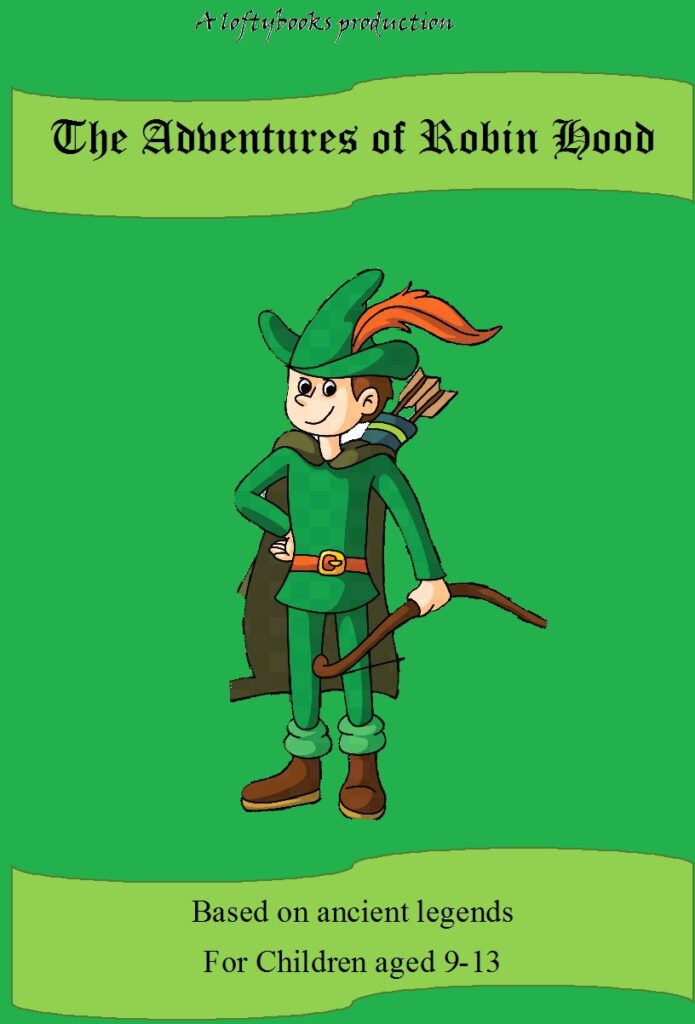
The Adventures of Robin Hood £25
I have tried to include a little of all the well-known Robin Hoods in this musical play. There’s Robin the fighter, duelling with Little John and outwitting the Sheriff; Robin the lover, wooing Maid Marian away from Sir Guy of Gisborne; Robin the archer, entering the archery contest in disguise; Robin the champion of the poor, stealing from the rich and giving it all away; and Robin the agent of social change, releasing the unjustly imprisoned and paving the way for the Magna Carta and true democracy (sic). Added to all that, there are one or two parallels drawn with our contemporary culture and a huge dollop of panto to liven things up a bit. The key episodes that make up the play are: the fight between Robin and Little John; the robbing of rich persons as they pass through Sherwood; the archery contest; the besting of the sheriff and Sir Guy; the return of King Richard to right the wrongs of his little brother; and the rescue of those wrongly imprisoned in the town jail. Music by Andy Merrifield.
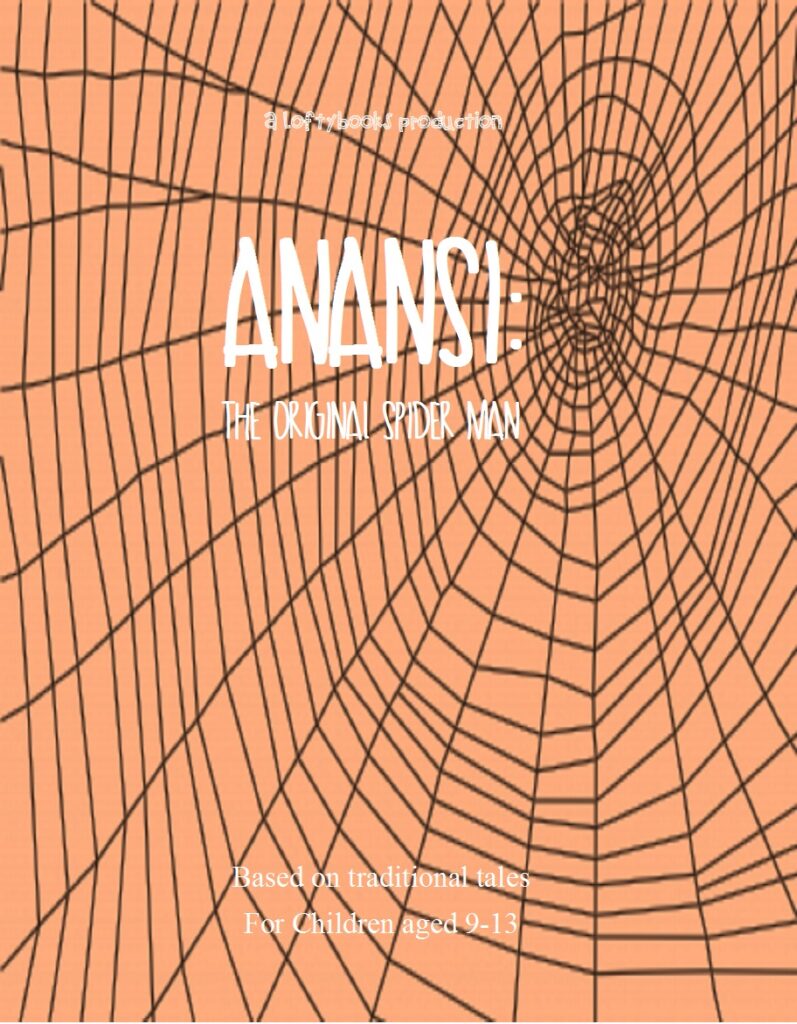
Anansi: The Original Spider Man £15
Anansi stories originated in West Africa, probably first told by the Ashanti people in Ghana. They are part of a powerful oral tradition in Africa, so powerful that the stories travelled to the Caribbean (as a by-product of the slave trade), where they are still told today in a range of forms. This play retells some of these tales and was originally written to be performed outdoors, as a promenade performance. Due in part to the cross-cultural variety of these stories, Anansi can appear to be different characters at different times. Sometimes he is a spider; sometimes he is a man; sometimes, even, he is a god. However, most Anansi stories depict their hero as a lazy, work-shy trickster out to get what he can with minimum effort. As such, he is immensely likeable!
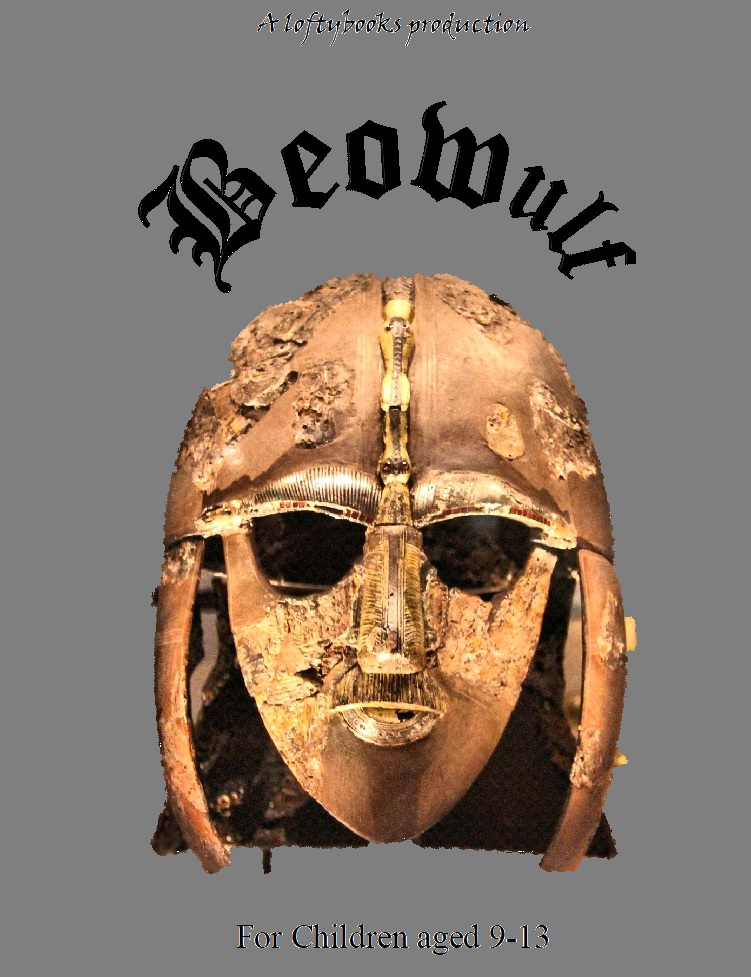
Beowulf £15
There is only one surviving copy of the original Beowulf, which was written in the tenth or eleventh century, but the story itself is much older. Beowulf is a great hero who fights monsters and dragons, making for a very exciting piece of drama! In this adaptation, the four key events of the poem – the fight with Grendel, Grendel’s mother, the dragon and Beowulf’s own funeral – are retold in language for a modern audience. However, this is only a play within a play, as we discover that the story of Beowulf is being told in the camps of Harold II, William of Normandy and Harald Hardrada, as they do battle for the throne of Britain in 1066. This means the play includes a lot of historical information about the Saxon culture (through the Beowulf story) and the key battles that led to the Norman overthrow of that culture.
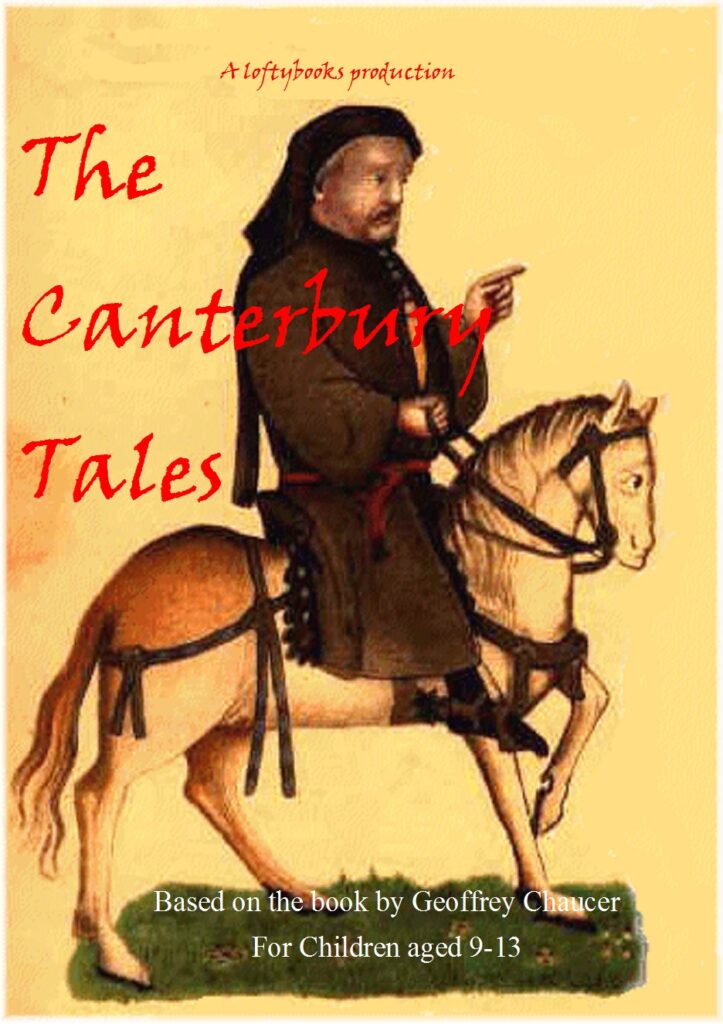
The Canterbury Tales £25
This musical play is an adaptation of some of the stories written by Geoffrey Chaucer in the fourteenth century. Chaucer is often seen as the father of English Literature, and this work the first recognised classic in what we might call English, although in the original Middle English it is a challenging read for most of us today. Many of Chaucer’s stories have a sexual element that make them unsuitable for adaptation for younger performers, and the stories included in this version are among the few that have no explicit sexual references, hence the choice of these particular Canterbury Tales! The tales are those told by: the knight, the nun’s priest, the clerk, the wife of Bath and the pardoner. The play exists in two versions – shorter and longer – both with music, and both versions are included in the pack. Music by Andy Merrifield. Additional music by David O’ Brien.

A Christmas Carol £15
The play is an adaptation of Charles Dickens’ novella and is set when the book was first published, in 1843. As far as possible, it uses the original language from the book. However, there are some variations in the tale, the most significant being the inclusion of the story of Dr Thomas Barnardo which is used to show contrasting attitudes towards poverty, particularly child poverty. It is also designed to fit more neatly into topic work on the Victorians, and could be used for classroom study. Also included is an alternative version called A Carol For Christmas. This is a less challenging production that includes an excerpt of A Christmas Carol and some other short scenes

error.com £15
William Shakespeare’s The Comedy of Errors was written in or around the year 1594. Its opening scene shows a man being refused entry to a foreign country, and it was from this that the idea came of updating the play for a modern audience. Egeon and his family are essentially in the position of asylum seekers or refugees, a topic very relevant to our own times. In this updated version, many of the original scenes are retained, together with the Shakespearean dialogue (although all four twins are now brothers, not masters and servants). New sections feature the Ephesus police’s attempt to crack down on asylum seekers and Angelo and Balthasar’s plans to sell guns through the internet. Although the updated sections are fictional, the stories of asylum seekers are based on real life testimony gathered from a variety of sources. The use of the internet to smuggle guns is also a real threat.

Good News £25
This production is for schools who want a more traditional nativity-themed Christmas with songs and familiar characters, but also want a thought-provoking approach rather than some of the more comic versions that can easily be found today. Not that Good News does not have its funny moments – it certainly does – but it also has a more serious, reverent side. In the play, the birth of Christ takes place amidst the kind of all-pervading media influence with which we are blessed/plagued today. However, with such a media of constant sensation, the birth of a poor boy in a stable is not news at all, let alone good news (the word ‘gospel’, of course, means ‘good news’). Good News is available in two versions – one that has a running-time of about ninety minutes, and the other about thirty minutes. Music by Andy Merrifield.

The Home Front £15
It is difficult for us today to imagine what life must have been like for those who lived through World War II on ‘the home front’ – the ordinary people who kept the country going during the time in which Britain stood alone against the Nazis. It was a time in which parents sent their children to live with strangers; when Jewish children from Nazi Germany fled persecution and sought a new life in England; a time of rationing and bombing; a time of extraordinary bravery shown by ordinary people. It was a time when humanity was seen at its worst, and at its best. The characters in the play are fictional creations, but the events are real, of course, starting with the Munich peace agreement of 1938, then the outbreak of war, evacuation, Dunkirk and The Blitz. The play ends in 1941, when the Battle of Britain was effectively over. There are two versions of the play, the longer one going into more detail, although both versions can be used in the classroom as part of a topic, as well as for a school production.

Labyrinth £15
This is essentially a retelling of four Greek myths. The two best-known ones are the story of Daedalus and Icarus (in which a father and son are imprisoned in a high tower and escape using wings made from birds’ feathers, until Icarus flies too close to the sun and dies) and Theseus and the Minotaur (in which the Athenian hero Theseus defeats the monstrous Minotaur in the labyrinth that was designed by Daedalus). In addition, the play includes the story of the Minotaur’s birth and the story of Theseus’ abandonment of Ariadne and the subsequent death of his father, Aegeus. The play exists in a sixty-minute and a ninety-minute version, the shorter one being more suitable for younger performers, or for schools that might not have time to devote to the full version.
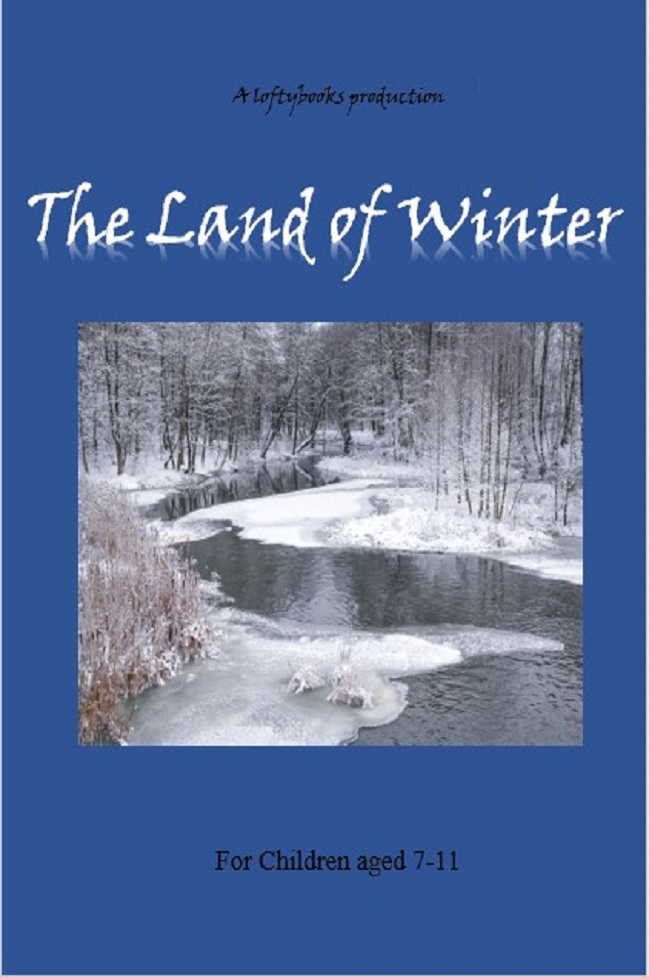
The Land of Winter £15
This was originally written for a Key Stage One group. One of the difficulties teachers sometimes have with younger actors is their difficulty in learning lines, so it features two narrators, who could read their words directly from a script, if that is helpful. Frederick and Margot are Ilse’s children. They have been in trouble in school, and Ilse is called in to the head-teacher’s office to discuss their behaviour. Ilse has been singing and mucking about in class, while Frederick has been threatening people and then apologizing without really meaning it. Ilse is advised to find another school for her children, and this she does by taking them on a long journey. First they visit the land of song, then the land of threats, the land of mucking about, the land of meaningless apology, and finally the land of winter. In each of the first four lands, the children learn an important lesson about behaviour. In the final land, they use what they have learned to rid the land of a witch’s curse. It’s a heart-warming story that adults and children will all enjoy, with easy-to-learn songs.
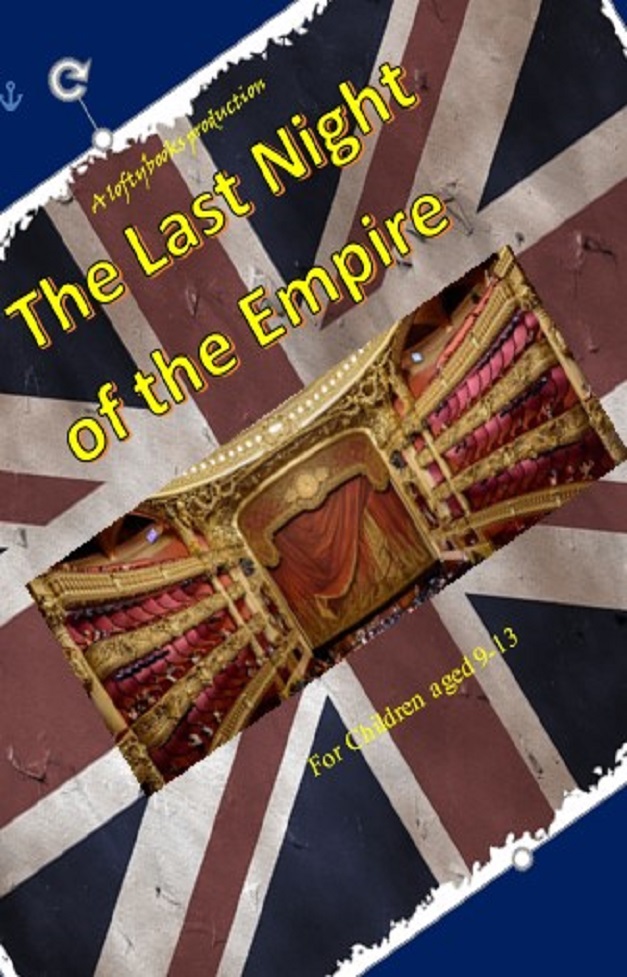
The Last Night of the Empire £15
This is a play that might be thought best suited to Key Stage Three performers. It does not have a story as such, but is a series of music-hall acts, punctuated by the retelling of historical events from the British Empire. The idea of the show is to juxtapose two very different aspects of the Empire side by side. On the one hand, the music hall represents a nation at ease with itself, jocular and celebratory. On the other hand, this ease is bought at the expense of other nations’ independence and sometimes with a degree of brutality we are still reluctant to accept and come to terms with. The story of the British Empire is, of course, too vast to tell in one evening, and much of it might not be considered appropriate even for Key Stage Three. For this reason, The Last Night of the Empire merely attempts to give an idea of what imperial history involved and to give a flavour of the entertainment that accompanied the period when the Empire was at its height.
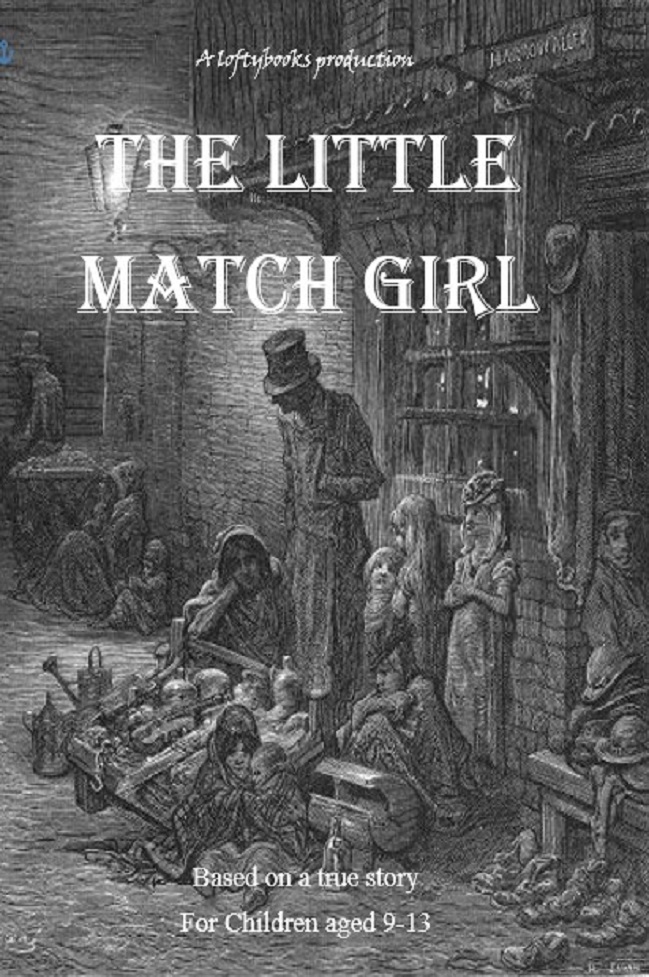
The Little Match Girl £15
This play tells the true story of the Bryant and May match girls’ strike. This strike was significant for several reasons. At the time, Bryant and May was a huge company and the owners were well-connected, with several friends in Parliament, whereas being a worker in their factory was one of the lowest forms of unskilled employment available, usually done by women who were themselves society’s second-class citizens. Annie Besant brought the strike to wider public attention and helped increase the pressure on the owners, but it is the ordinary young women themselves who took the action, a very brave and risky thing to do. The play is an adaptation of events, not a strict historical re-telling. It also includes (as a play within the play) the Hans Anderson fairy-story, ‘The Little Match Girl,’ which serves to point up the contrasts between the sentimentalism of Victorian society and the harsh reality of life for the poor.
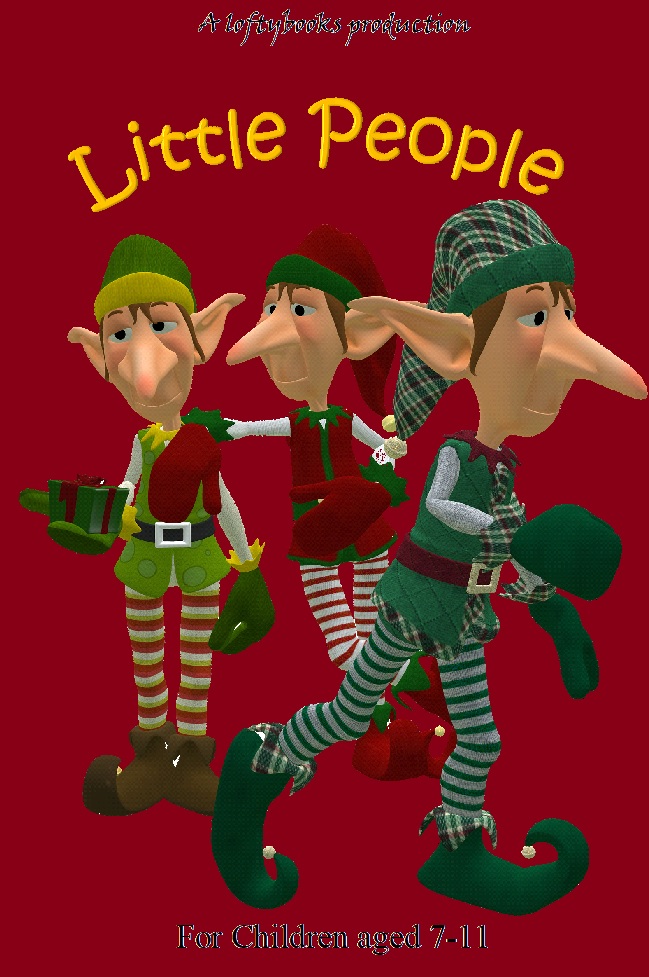
Little People £15
Mark is always getting into trouble in school, and even though it is not always his fault, he feels like it is. After being told off by his teacher, he is the last child to get to see Father Christmas in his grotto. Santa seems to have left already, and, having wished to be little, Mark wanders deep into the grotto until he meets some of Santa’s elves. Mark has become little like them, and is soon finding ways to be helpful and to feel good about himself. Mark and the elves are interrupted by the goblins, who want to destroy everything good and create chaos. He is kidnapped by them and discovers that two of his friends from school are also goblins, and that the supposedly best-behaved child in his class is the goblin leader! Mark decides to join the goblins, but is rescued by the little people and shown the error of his ways by Father Christmas. In the end, all the children learn a lesson and return to their families for the happiest Christmas ever. Suitable for KS1 as well as KS2, the play has some easy-to-learn songs and is lots of fun.
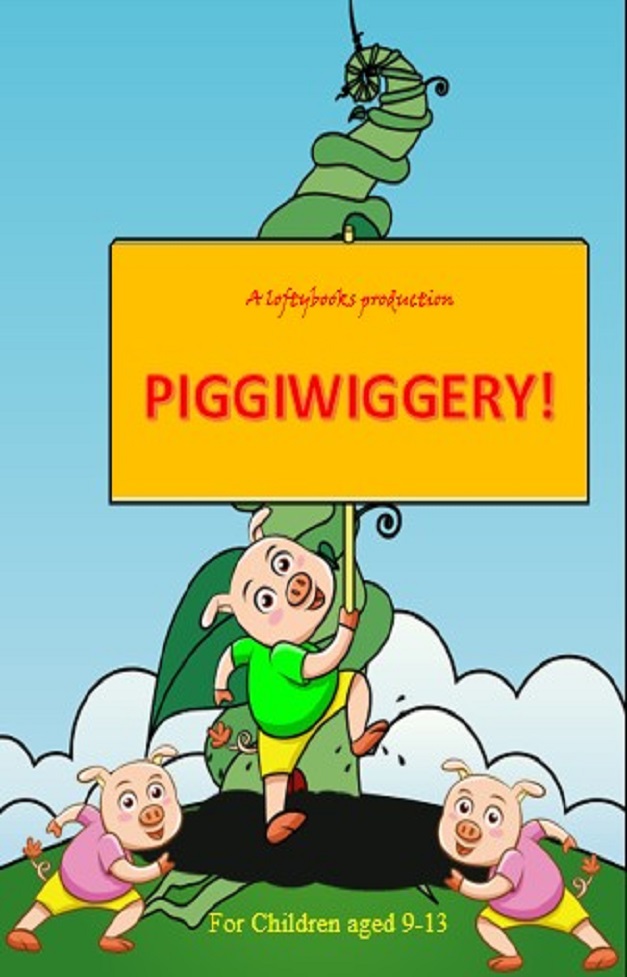
Piggiwiggery! £25
The stories of The Three Little Pigs and Jack and the Beanstalk are well known, but in this play the characters from each one have a chance to interact with each other – Jack helps the pigs build their houses and the giant adopts the big bad wolf as a pet! There is also a third story that combines well with the others, known as The Golden Goose, in which a simple lad (named Jack, naturally) cures a princess of her inability to laugh. The play is not exactly a pantomime, but it is perhaps closer to that style of theatre than any other. It is certainly written with the intention of audience interaction. As well as the songs, some of which could involve the audience, there are several opportunities for the actors to interact with audience members, and it is intended that this should be a two-way process throughout. There are eleven songs in this show, which have been written to make them fairly easy for children to learn and also to encourage audience participation. Music by Andy Merrifield.
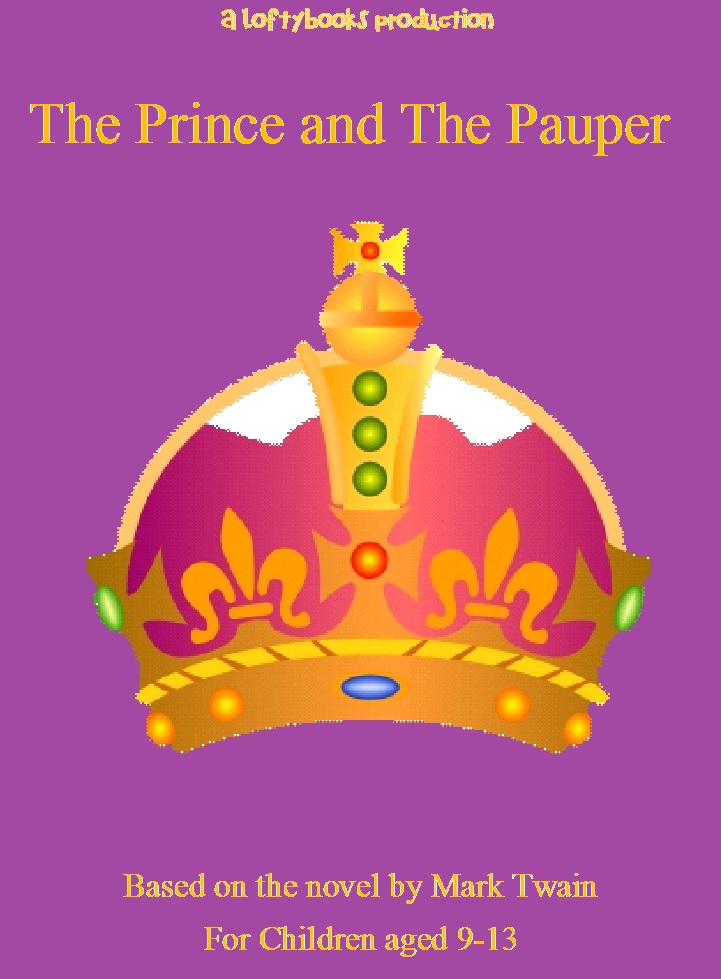
The Prince and The Pauper £15
This is a tale of Tudor England as seen through the eyes of a nineteenth-century American; a tale which transforms the least dynamic Tudor monarch, Edward VI, into a crusader against social injustice; and a tale, the message of which comes across as clearly today as when it was written (or indeed when it was set). Mark Twain, the author of the original novel, is one of America’s greatest writers. His prose is full of moral urgency and humour, capable of inducing laughter and tears in equal measure. His story tells us how Edward VI, while Prince of Wales, inadvertently changes places with a poor boy (pauper) from the back-streets of London. As far as possible, the original language has been retained and the play is a fairly faithful retelling with no additions.
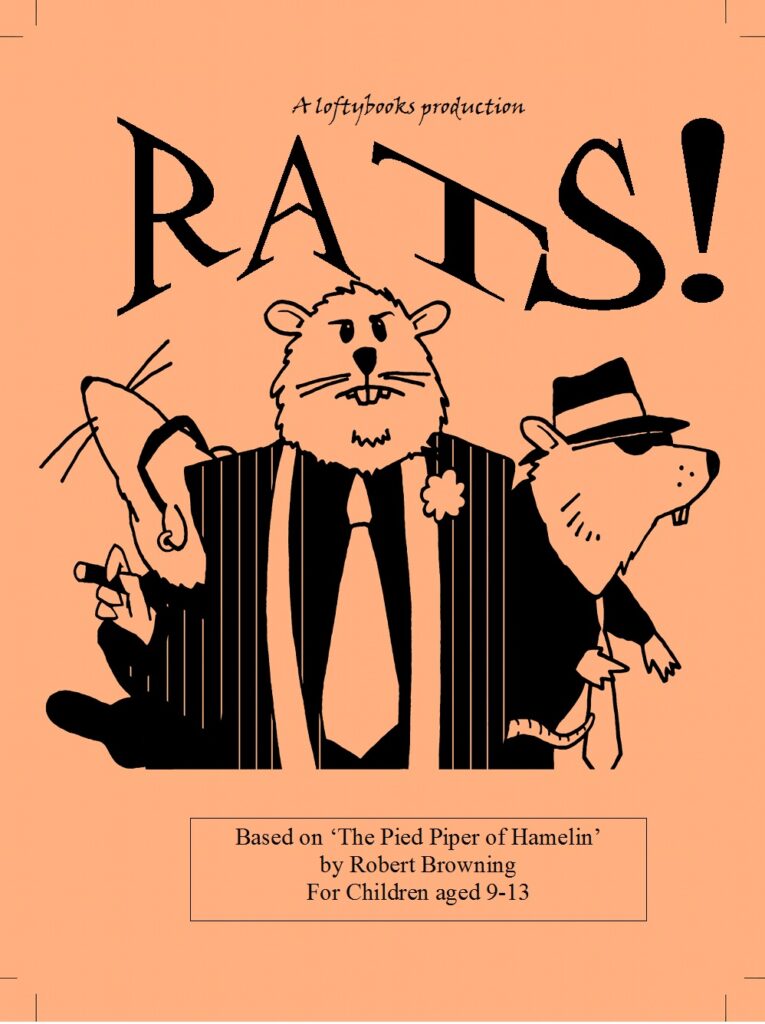
Rats! £25
There are several musical versions of Browning’s famous poem, and more than one other version goes by the name Rats! There was a time when this pun on Andrew Lloyd Webber’s show, Cats, seemed ever so amusing. That time has now gone, which is one reason why the children’s novel I adapted from the script for this show is called The Pied Piper of Ham-a-lee-in instead. The original poem was published in 1842, but the legend of the pied piper dates back to the medieval period. This musical is an original re-telling, although some of the lyrics include lines from Browning’s poem (most particularly, ‘Rats!’ itself). The story as told in the play differs in several respects from the poem, but is great fun for all. Rats! is the most popular of all my shows and enjoyed a sell-out run at South London Theatre in 2004. Music by Andy Merrifield. Additional music by David O’ Brien.
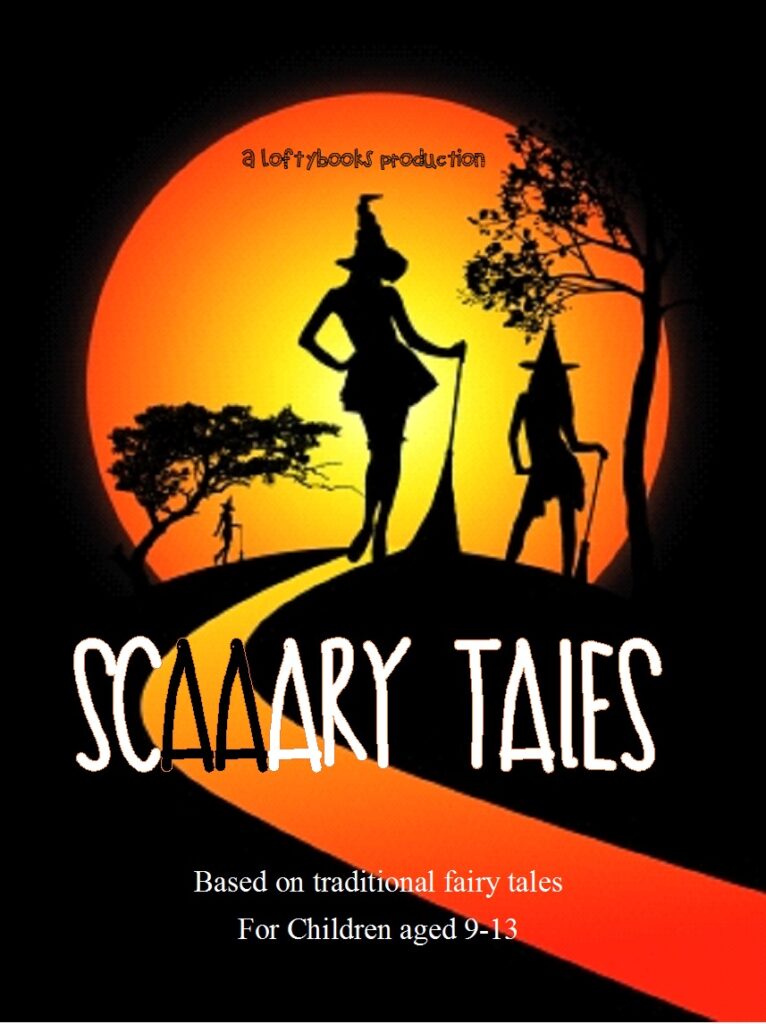
Scary Tales £15
An amalgamation of different fairy-tale stories, with a few liberties taken here and there. In this case, the story is set largely in a forest, a forest that used to be a great kingdom. However, the king, queen and all the royal household were magically transformed to protect them from the evil intentions of three “wyrd sisters” – Uglayne, Gullveig and Baba Yaga. These sister-witches knew that if they killed the queen’s young daughter, Aurora, they would be able to rule the land themselves. The good fairy, Hippolyta intervened, however, protecting Aurora and the rest of her family with a magic spell. The evil sisters then began to search for the sleeping beauty in a range of ways, enlisting the unwitting and unwilling help of Hansel and Gretel, Rapunzel and a prince along the way. However, they did not take into account the importance of a mysterious old lady, a cowardly young man (and his horse) and one little girl with very red hair.
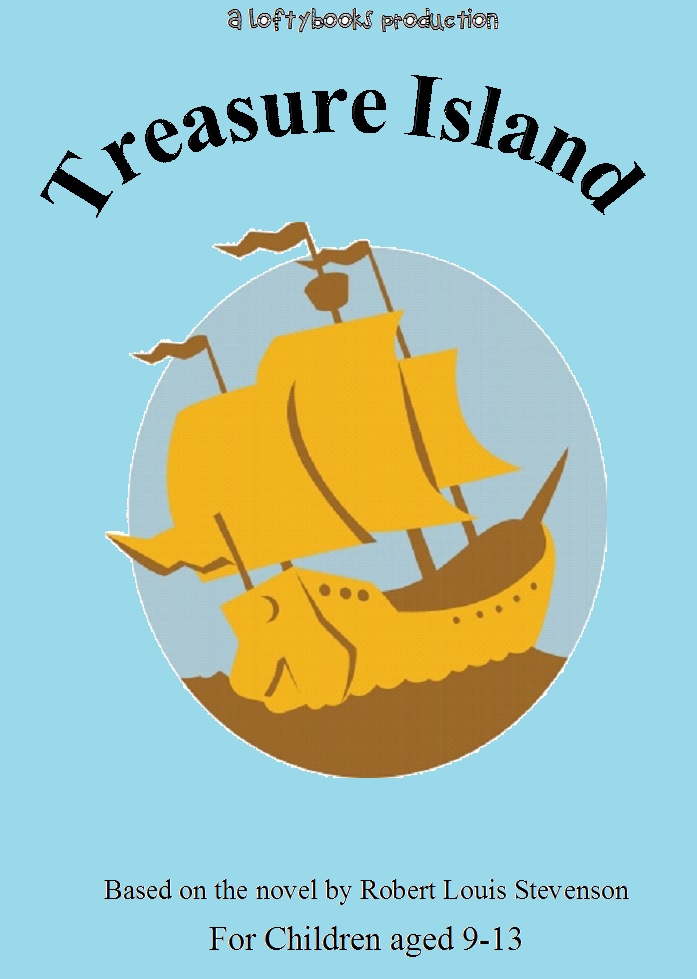
Treasure Island £15
Robert Louis Stevenson’s classic tale of piracy and buried loot was written in 1883, but set sometime during the seventeen-hundreds, when piracy was at its height. The story is narrated by its young hero, Jim Hawkins, and is a first-rate example of what is called a ‘boys’-own tale’. In Stevenson’s original, Jim lives with his parents in a Cornish inn. A mysterious stranger comes to stay, bringing with him an old sea-chest. Before long, the stranger is dead and Jim has discovered a map leading to buried treasure. There are two versions of the play included in the script package. The shorter version sticks fairly closely to the original, although it leaves out a lot of the detail for the sake of brevity and adds some scenes for light relief. The longer version alters the plot rather, giving Jim a mysterious background and foster parents, and linking him to Admiral Nelson. The idea of this was tolink the play to pupils’ historical understanding of the period (this version is set very firmly in 1805), as well as to give it a somewhat darker feel.
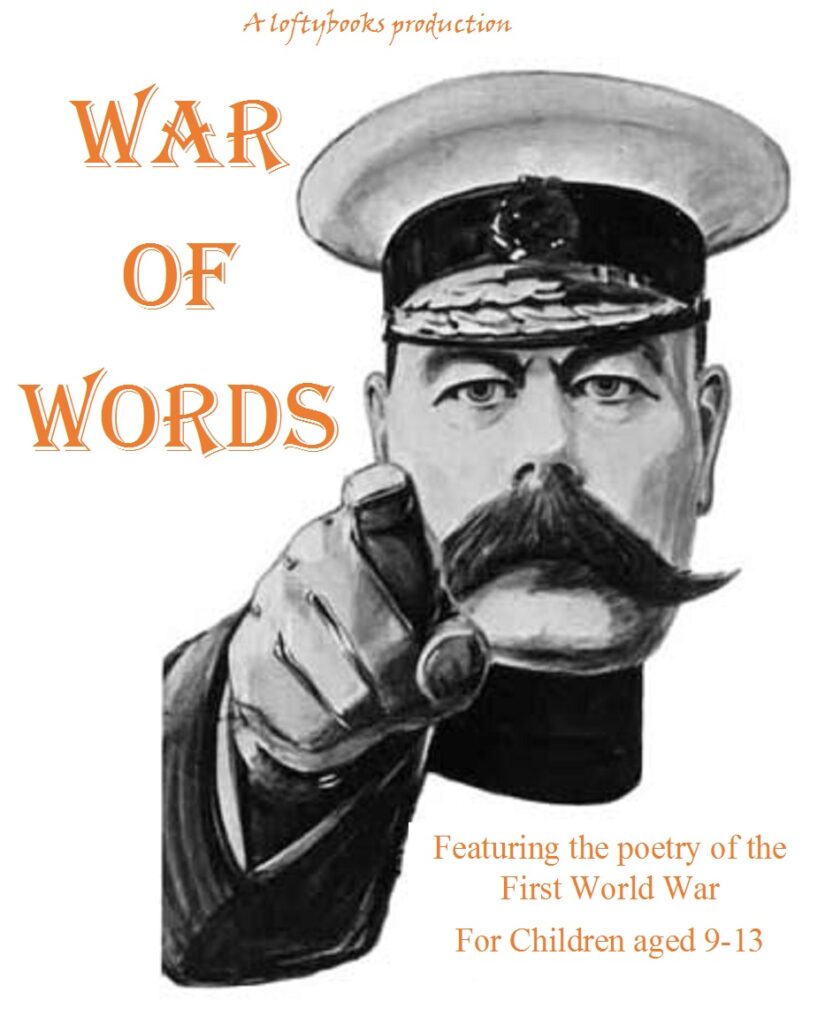
War of Words £15
The play is not an attempt to tell the story of the First World War so much as it is an opportunity to focus on the poetry that came out of it. All the poets are ones who lived during the time of the war, most of them fighting in it. All of their work is out of copyright, hence its inclusion. Others, like Siegfried Sassoon, have been omitted due to copyright restrictions. The play focuses on the following key events: men rushing to volunteer at the start of the war; going to France/Belgium; life in the trenches; the Christmas Truce of 1914; life back in Britain during the war; the Battle of the Somme; injuries suffered as a result of war, including shell-shock; the death of so many men. . As a lot of our understanding of the war comes from the words of these poets, the play gives the opportunity to focus directly upon them.
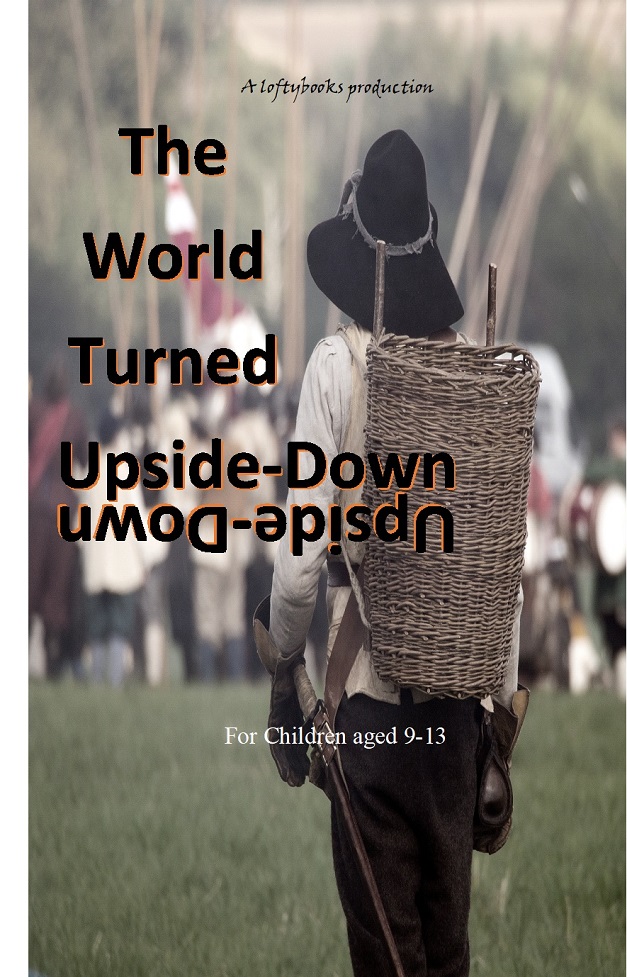
The World Turned Upside-Down £15
The story, in its simplest form, is this: a group of people live together in makeshift homes on a wooded hillside. They grow their own food and try to live a sustainable lifestyle, a model perhaps for a new society. When they are not working the land, the members of this disparate group tell stories to one another, and it is these stories that form our play: the Norman invasion of England; an allegorical version of the Emperor’s New Clothes; the English Civil War; Abiezer Coppe; and the attempted escapes from prison by Charles I. The play is an excellent way to explore issues connected with the Civil War period, and is great fun to perform Although it is inspired by events of 1649, it could take place at any time. Hence, anachronisms abound – clothing, props and other references to times past and future are intentional. We see Gerrard Winstanley and the Diggers, but it could be Wat Tyler and John Ball; Jack Cade and the men of Kent; Chartists; Suffragettes; even Occupy London.